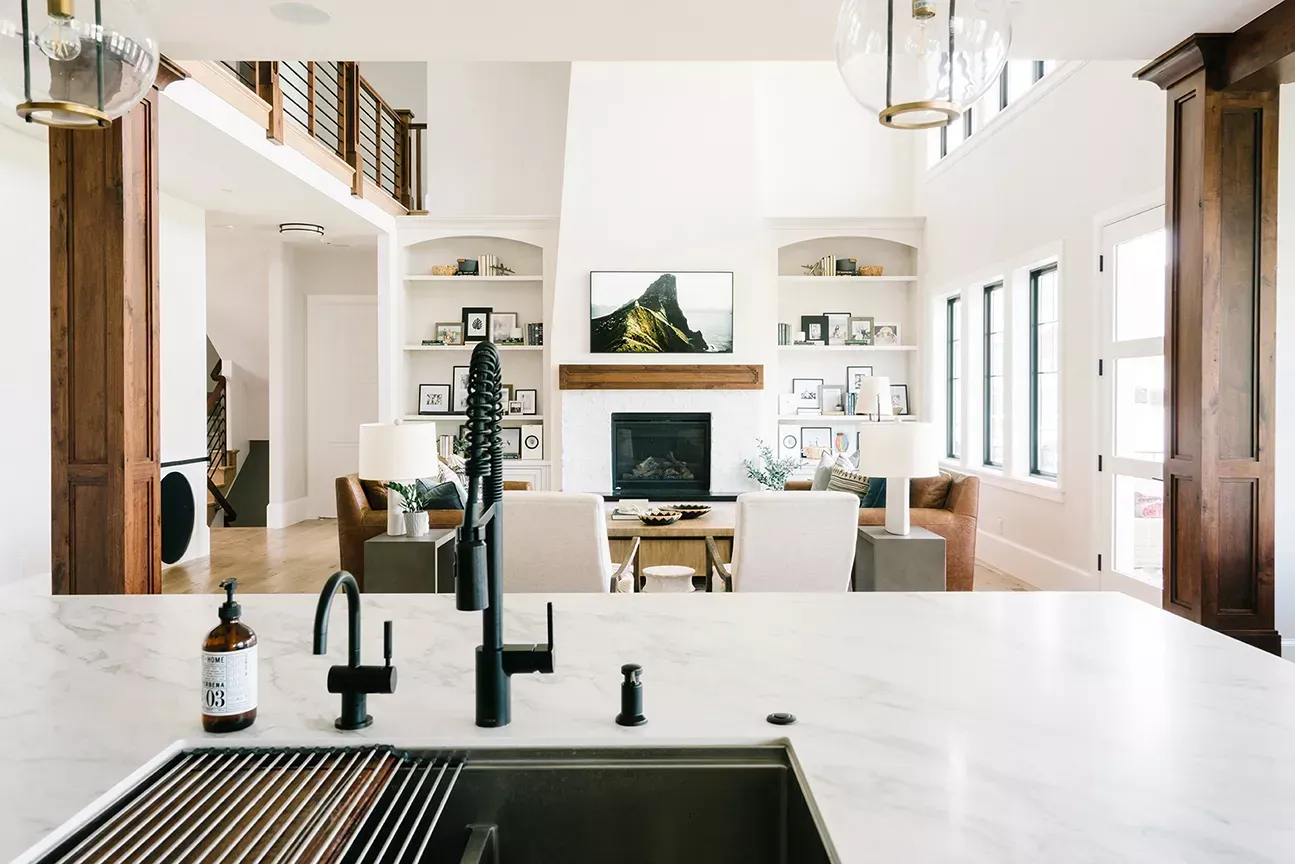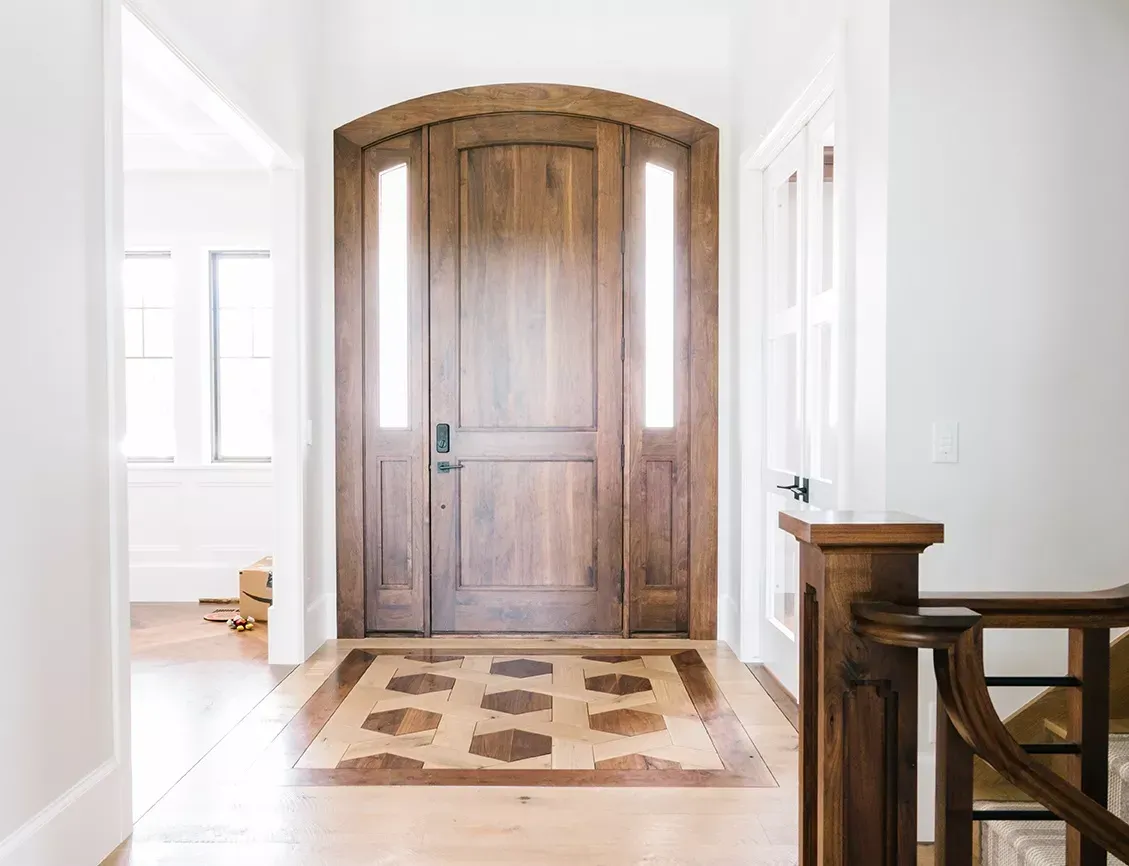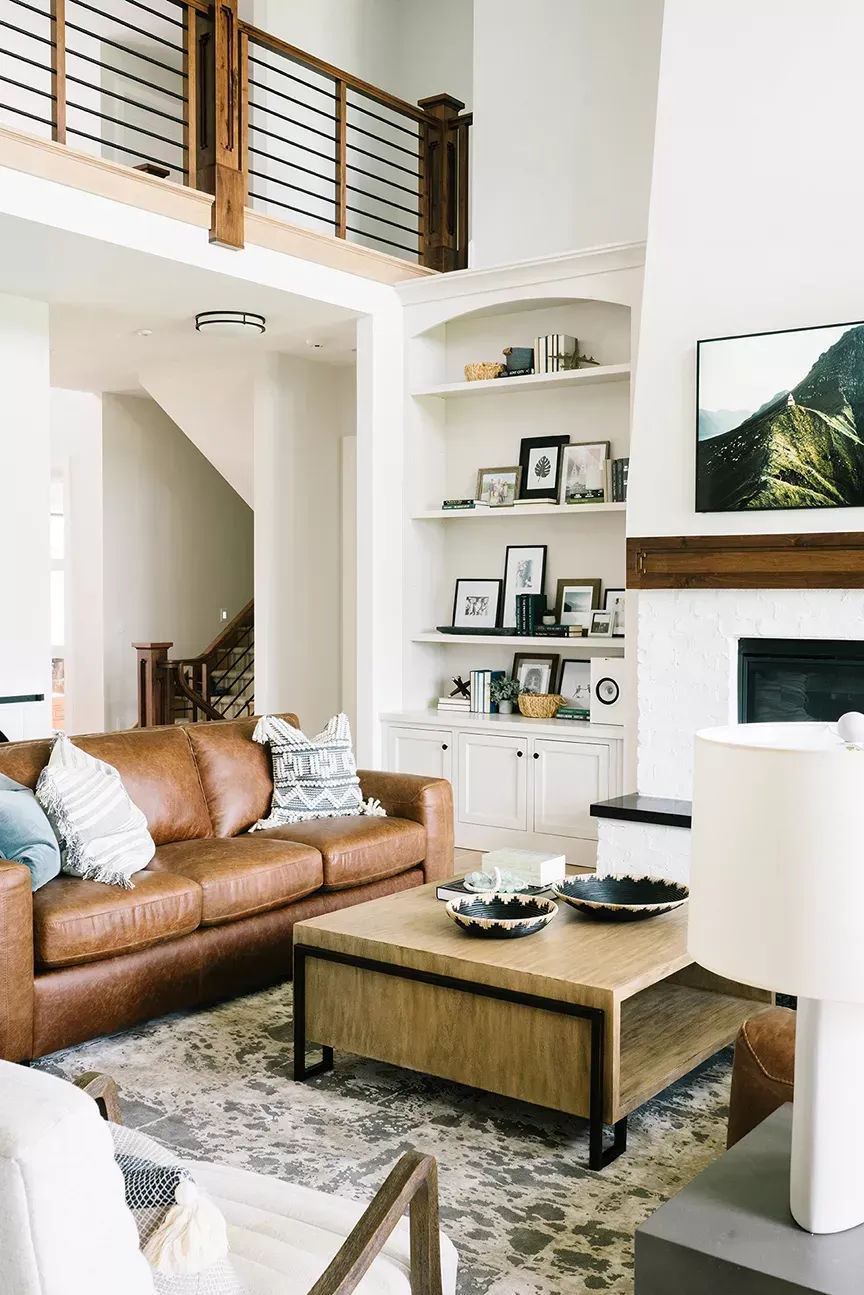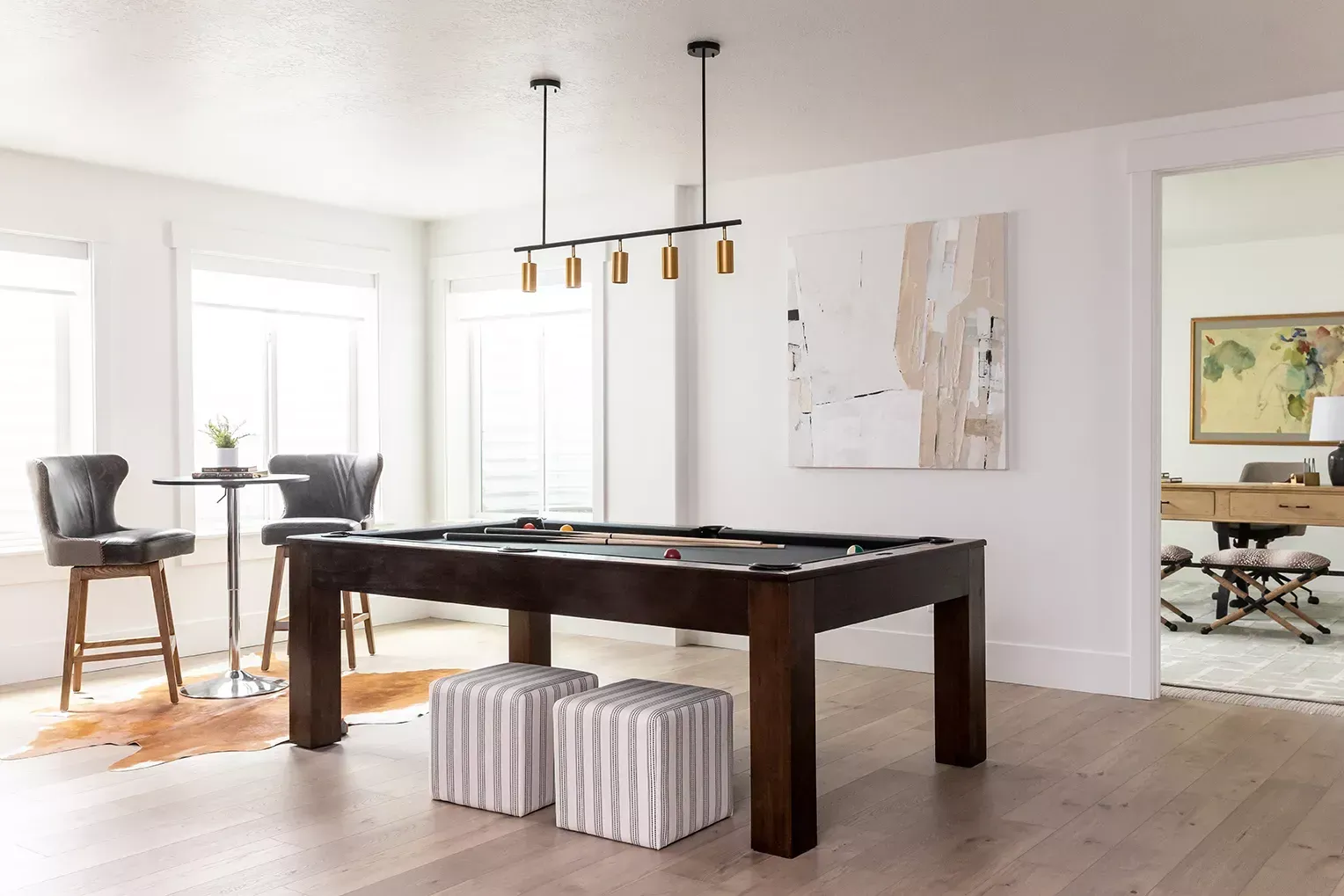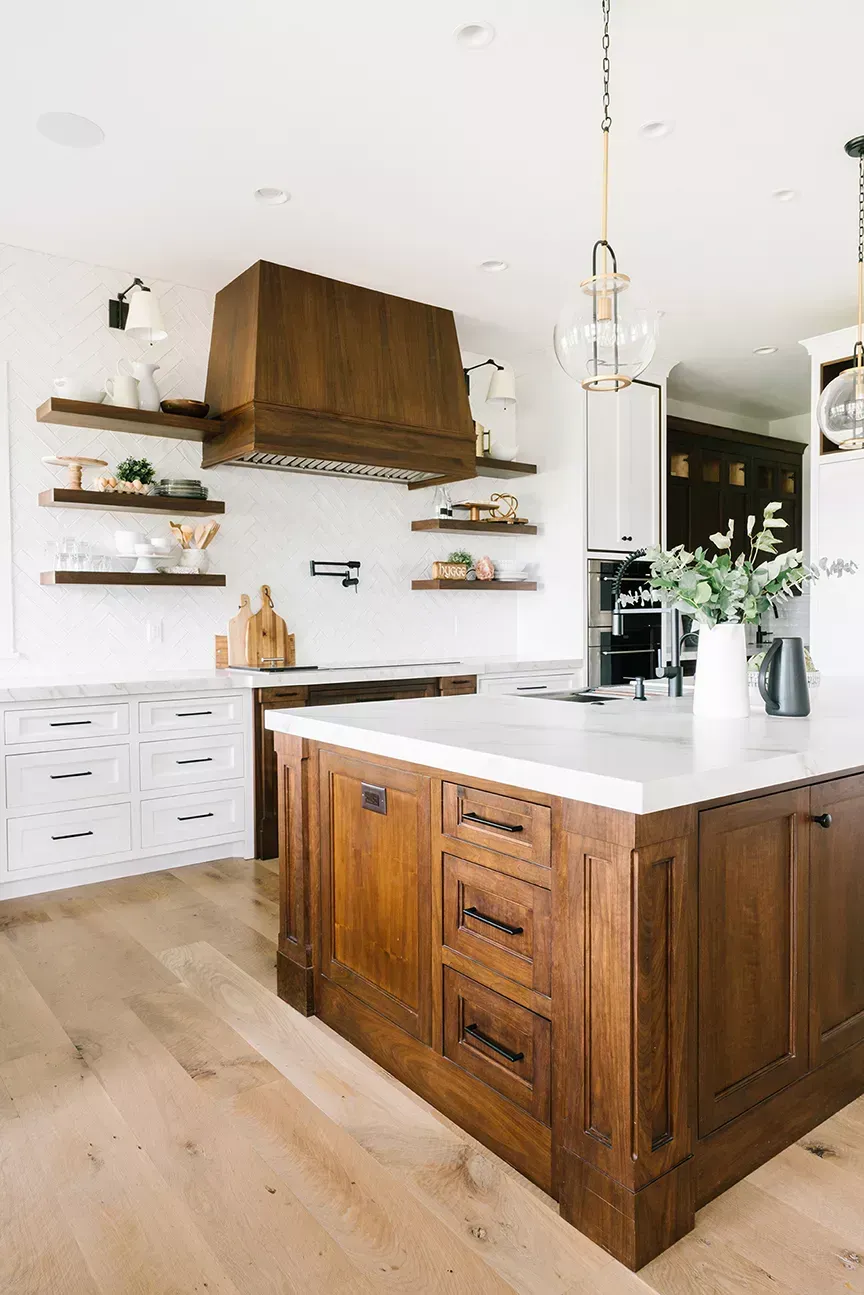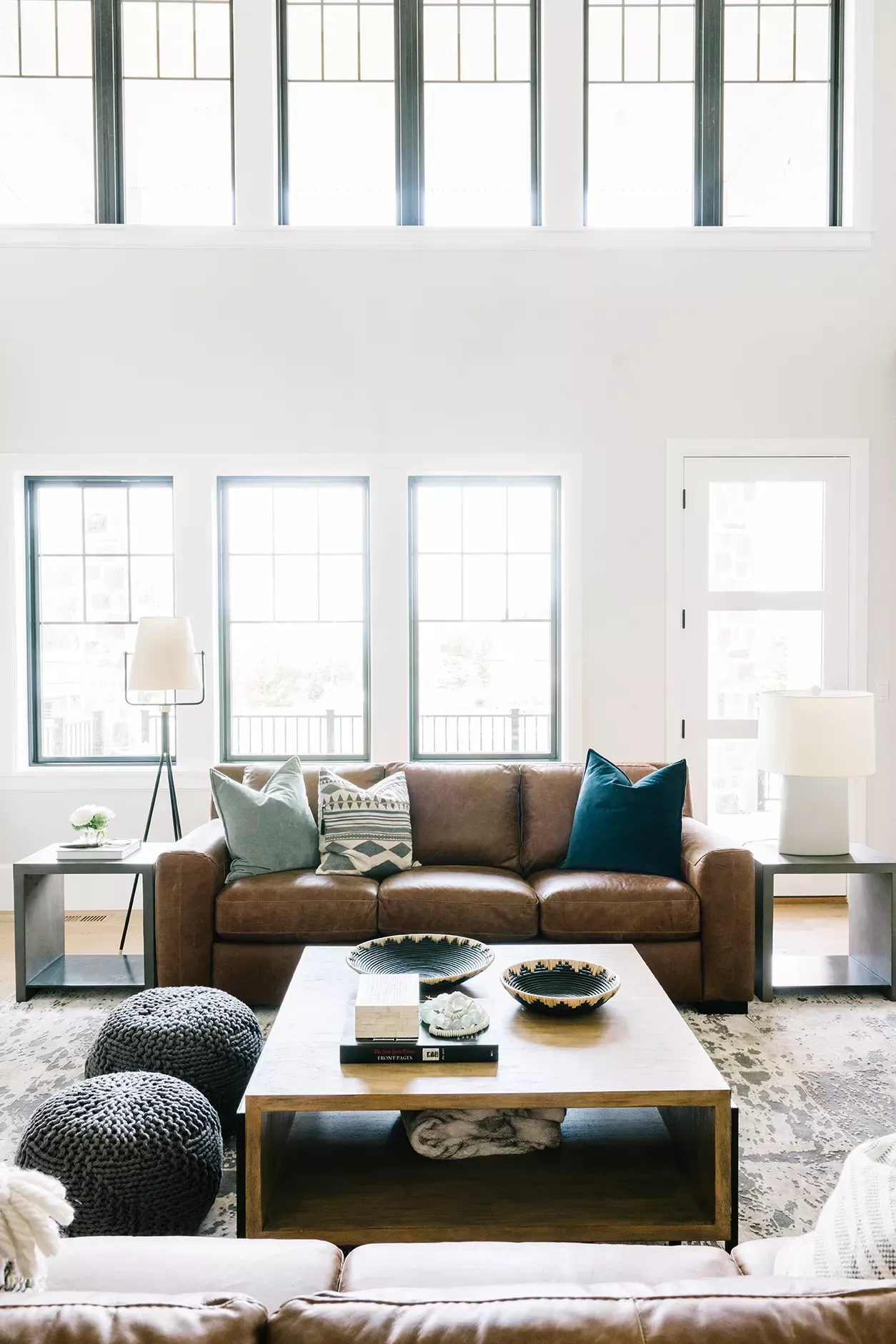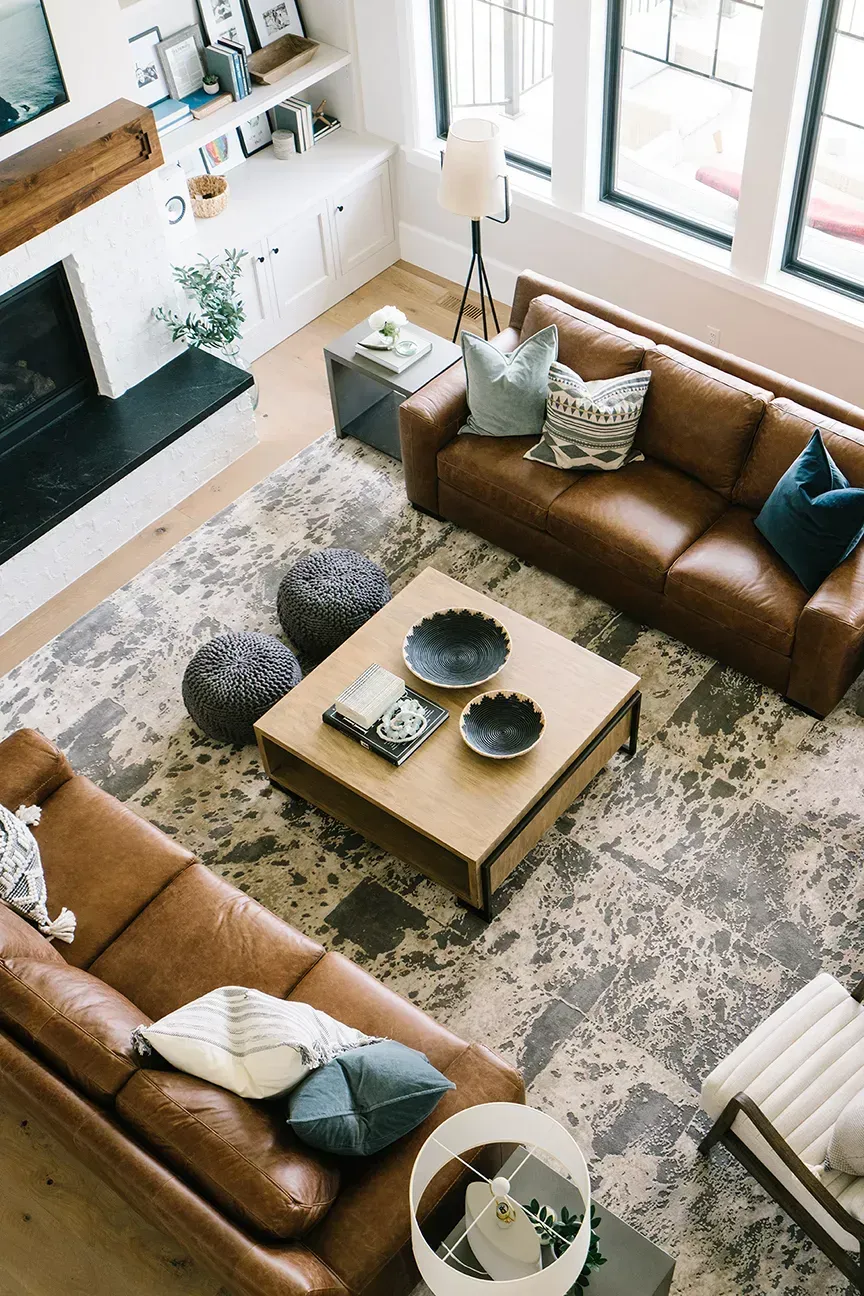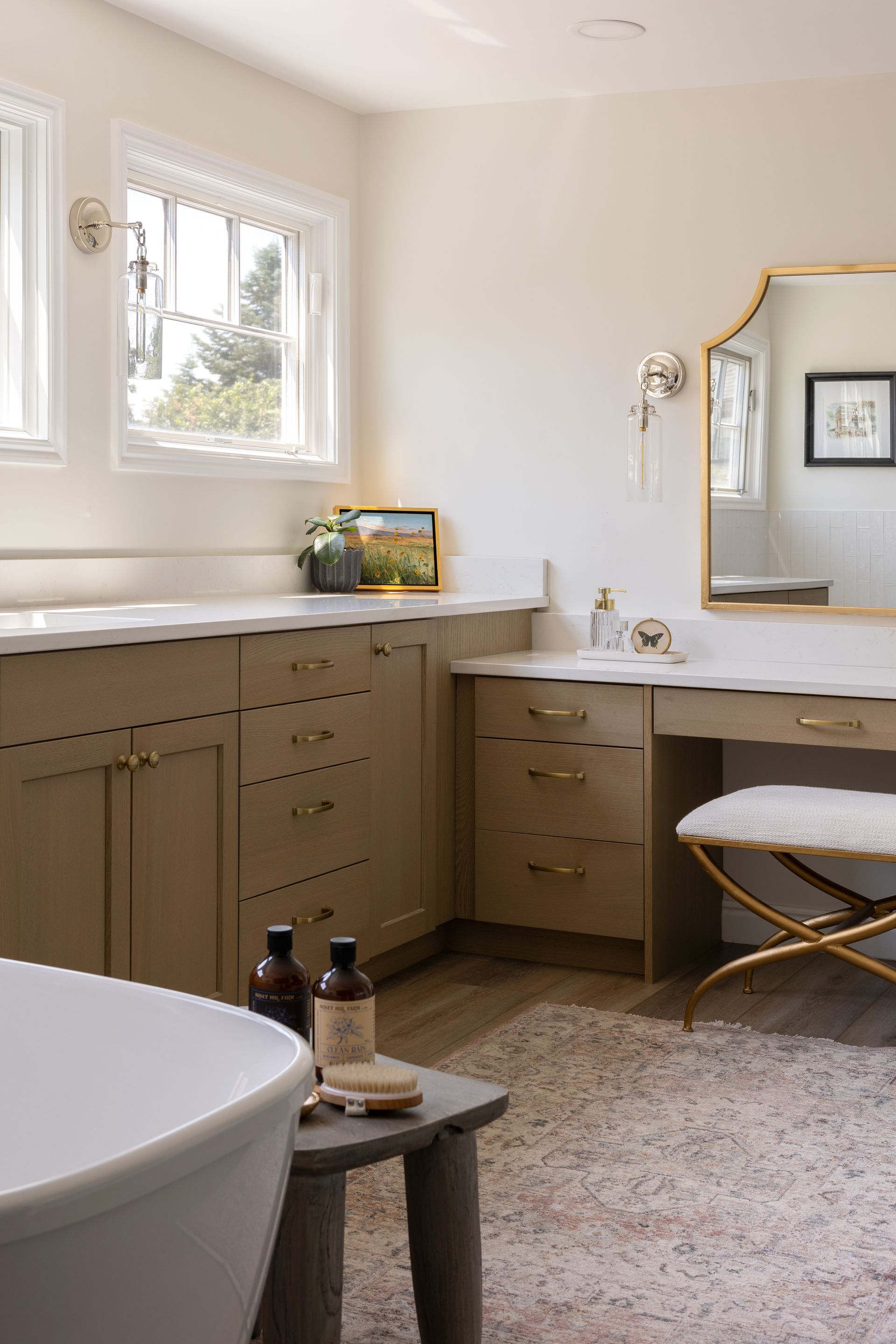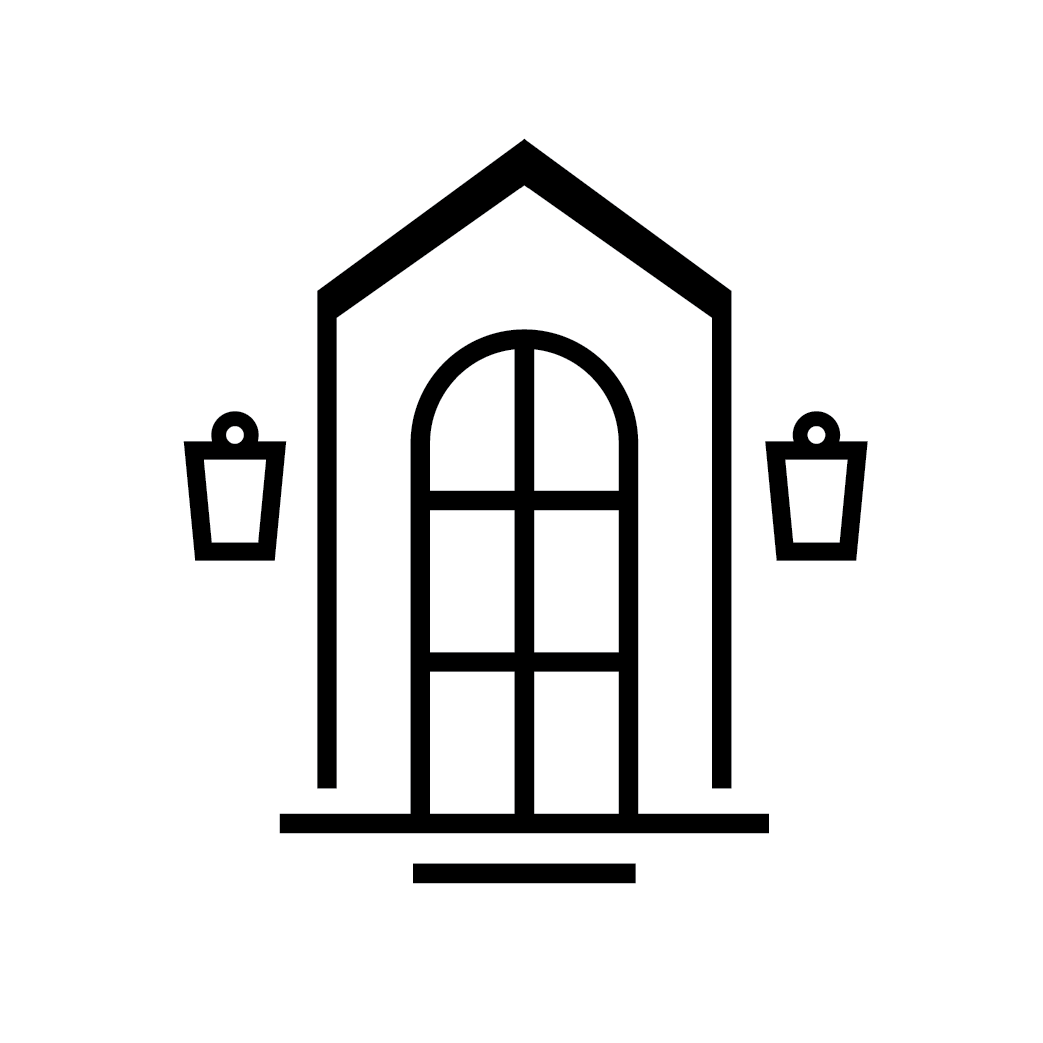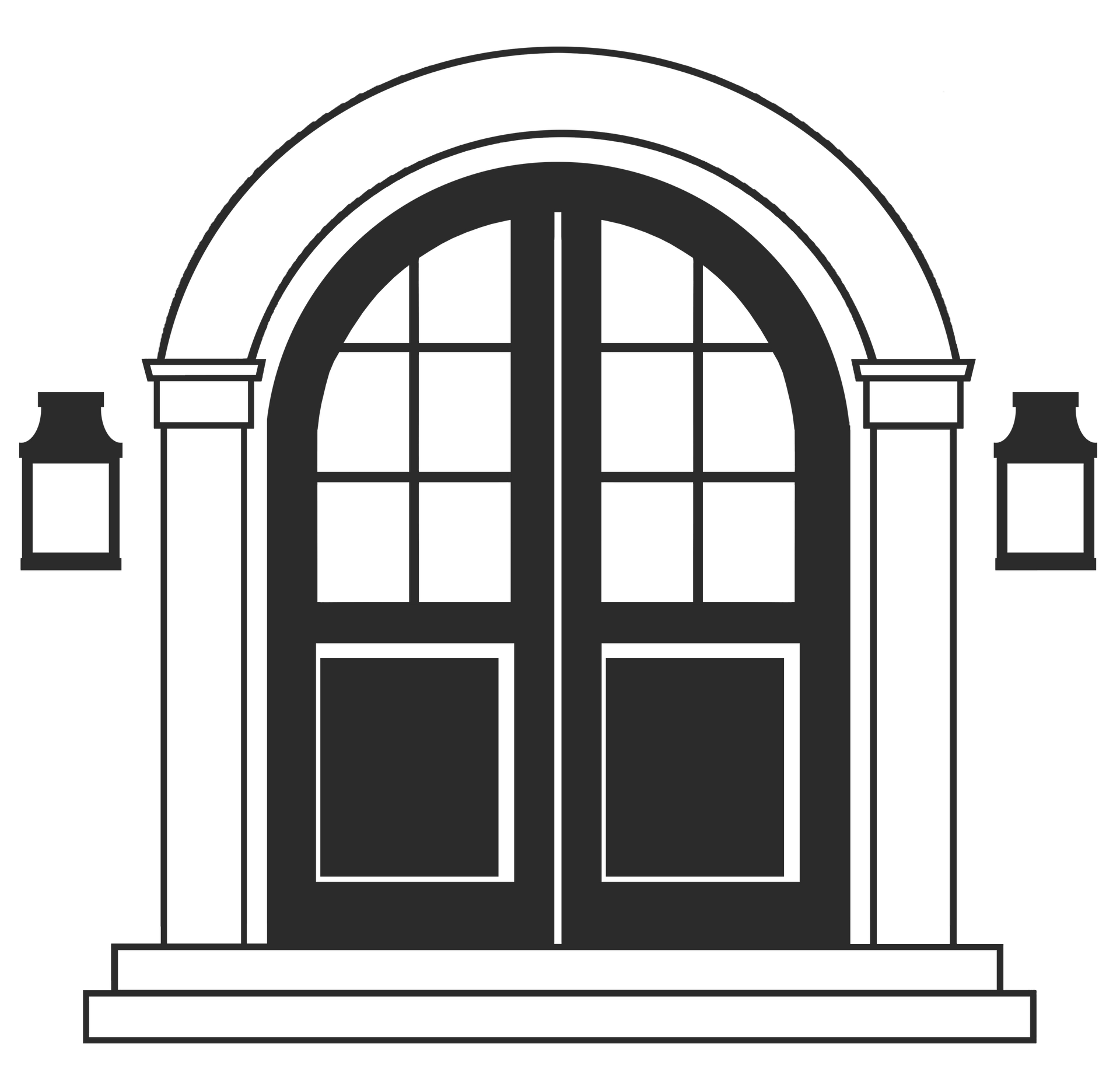Crafting Your Culinary Haven: The Ultimate Guide to Custom Kitchen Design
Designing a custom kitchen is an exciting journey that allows you to create a space tailored to your culinary needs and personal style. A well-designed kitchen enhances your home's functionality and serves as a gathering place for family and friends.
Understanding Your Needs
1. Assess Your Lifestyle
Before diving into design choices, assessing your lifestyle and how you use your kitchen is crucial. Consider the following questions:
- How often do you cook?
- Do you entertain guests frequently?
- Is your kitchen primarily for cooking, or is it a social hub?
Understanding your needs will help you prioritize features that enhance functionality while reflecting your style.
2. Create a Wishlist
Start by jotting down all the features you desire in your dream kitchen. This could include:
- Specific appliances (like a double oven or a professional-grade range)
- Storage solutions (like pull-out pantries or deep drawers)
- A kitchen island with seating
- Unique design elements (such as open shelving or custom cabinetry)
Gather inspiration from magazines, websites, and social media platforms like Pinterest to refine your wishlist.
Designing the Layout
1. Choose the Right Layout
The layout of your kitchen is fundamental to its functionality. Here are some popular kitchen layouts to consider:
- U-shaped kitchen: Offers ample counter space and storage, ideal for larger kitchens.
- L-shaped kitchen: Flexible and efficient, perfect for smaller spaces.
- Galley Kitchen: Maximizes space in narrow areas, providing an efficient workflow.
- Island Kitchen: Features a central island that serves multiple purposes, from prep space to dining.
- Peninsula Kitchen: This kitchen is similar to an island but attached to a wall, providing additional counter space without requiring more floor area.
Choose a layout that suits your cooking habits and the overall flow of your home.
2. Optimize the Work Triangle
The work triangle is a design principle that optimizes the relationship between the stove, sink, and refrigerator. Ideally, these three elements should form a triangle with no obstructions. This layout minimizes movement while cooking, making meal preparation more efficient.
3. Incorporate Adequate Storage Solutions
Storage is vital in any kitchen design. Consider incorporating:
- Custom Cabinets: Tailored cabinets can maximize storage space while fitting seamlessly into your design.
- Open Shelving: Great for displaying dishes and adding character, open shelves can make items easily accessible.
- Pantries: A dedicated pantry can help keep dry goods organized and out of sight.
Selecting Materials and Finishes
1. Countertops
Choosing a suitable countertop material is crucial for both aesthetics and functionality. Popular options include:
- Granite: Durable and heat-resistant, granite offers a luxurious look.
- Quartz: Low-maintenance and available in various colors, quartz is an excellent choice for busy kitchens.
- Butcher Block: Adds warmth and is perfect for food prep but requires regular maintenance.
- Consider how each material fits with your overall design theme and lifestyle needs.
2. Cabinetry
Custom cabinetry allows you to personalize your kitchen's look while maximizing storage. When selecting cabinets:
- Choose finishes that complement your overall color scheme.
- Consider hardware options such as knobs and pulls that enhance the style of your cabinets.
3. Flooring Options
The flooring you choose should be durable yet stylish. Popular choices include:
- Tile: Water-resistant and easy to clean, tile comes in various styles.
- Hardwood: Offers warmth and beauty but may require more maintenance.
- Vinyl: Vinyl is affordable and available in many designs to mimic more expensive materials.
Lighting Design
1. Layered Lighting
Adequate lighting is essential in a kitchen for both functionality and ambiance. Consider incorporating:
- Task Lighting: Focused lighting above work areas like countertops or islands.
- Ambient Lighting: General lighting that illuminates the entire space.
- Accent Lighting: Decorative fixtures such as pendant lights over islands or under-cabinet lighting for added flair.
A well-lit kitchen enhances safety while creating an inviting atmosphere.

Fun Features to Consider
1. Unique Backsplashes
A creative backsplash can serve as a focal point in your kitchen design. Explore materials such as:
- Mosaic tiles
- Glass
- Chalkboard paint for a writable surface
These options allow you to express creativity while protecting walls from splashes.
2. Smart Technology Integration
Modern kitchens benefit from intelligent technology that enhances convenience. Consider integrating:
- Smart appliances that can be controlled via smartphone apps.
- Touchless faucets for improved hygiene.
- Smart lighting systems that adjust based on the time of day or activity.
These features not only add convenience but also modernize your cooking space.
Budgeting Your Custom Kitchen
1. Set a Realistic Budget
Establishing a budget early on helps guide decisions throughout the design process. Include costs for:
- Appliances
- Cabinets
- Countertops
- Flooring
- Labor
It's wise to allocate an additional 10% for unexpected expenses during renovations.
2. Explore Cost-Saving Options
Custom kitchens can be expensive, but there are ways to save:
- Mix high-end materials with more affordable options (e.g., custom upper cabinets and pre-made lower cabinets).
- Repurpose existing furniture or cabinetry with new hardware or paint.
- Shopping smartly during sales can also significantly save materials and appliances.
The Importance of Hiring Professionals
While DIY projects can be rewarding, designing a custom kitchen often requires expertise beyond what most homeowners possess. Here are several reasons why hiring professionals is beneficial:
Expert Guidance
Professional designers understand current trends, materials, and technologies that enhance functionality while aligning with aesthetic goals.
Accurate Measurements
Professionals ensure precise measurements are taken, preventing costly mistakes during installation.
Efficient Project Management
Coordinating various contractors (plumbers, electricians, carpenters) can be overwhelming; professionals manage these relationships effectively to keep projects on schedule.
Creative Solutions
Designers can offer innovative solutions tailored to unique challenges within your space, maximizing both style and efficiency.
Quality Assurance
Hiring experienced professionals ensures high-quality workmanship throughout the project, leading to lasting results that enhance home value.
Crafting your culinary haven through custom kitchen design involves thoughtful planning, creative expression, and attention to detail. By understanding your needs, optimizing layouts, selecting materials wisely, and incorporating fun features, you can create a kitchen that reflects your personality while serving as a functional cooking space.
Engaging professionals in this process elevates the design experience and ensures every element seamlessly combines for years of enjoyment in your new culinary haven.
